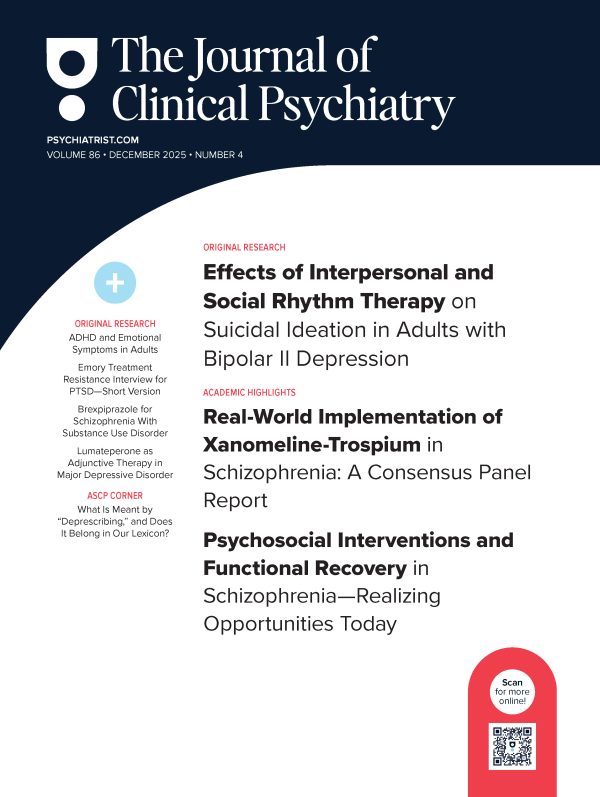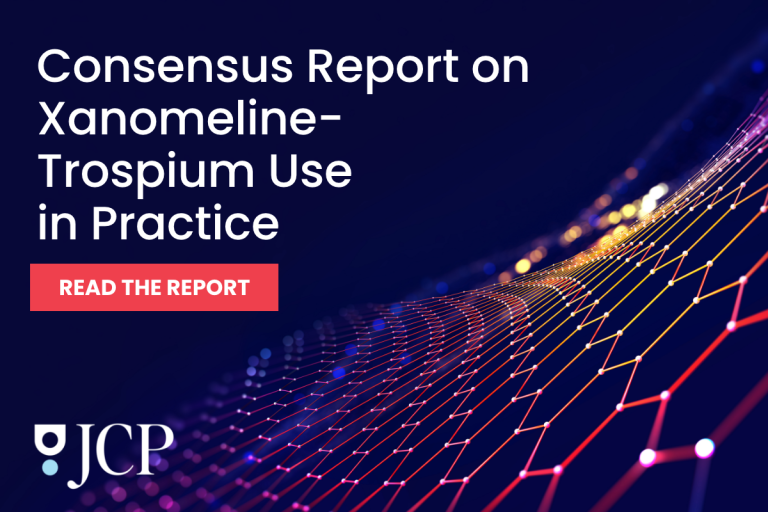Background: Cognitive-enhancing effects of vagusnerve stimulation (VNS) have been reported during 6 months oftreatment in a pilot study of patients with Alzheimer’s disease(AD). Data through 1 year of VNS (collected from June 2000 toSeptember 2003) are now reported.
Method: All patients (N = 17) met the NationalInstitute of Neurological and Communicative Disorders and Strokeand the Alzheimer’s Disease and Related Disorders Association(NINCDS-ADRDA) criteria for probable AD. Responder rates for theAlzheimer’s Disease Assessment Scale-cognitive subscale(ADAS-cog) and Mini-Mental State Examination (MMSE) were measuredas improvement or absence of decline from baseline. Globalchange, depressive symptoms, and quality of life were alsoassessed. Cerebrospinal fluid (CSF) levels for total tau, tauphosphorylated at Thr181 (phosphotau), and Abeta42 were measuredby standardized enzyme-linked immunosorbent assay (ELISA).
Results: VNS was well tolerated. After 1 year, 7(41.2%) of 17 patients and 12 (70.6%) of 17 patients improved ordid not decline from baseline on the ADAS-cog and MMSE,respectively. Twelve of 17 patients were rated as having nochange or some improvement from baseline on the ClinicianInterview-Based Impression of Change (CIBIC+). No significantdecline in mood, behavior, or quality of life occurred during 1year of treatment. The median change in CSF tau at 1 year was areduction of 4.8% (p = .057), with a 5.0% increase in phosphotau(p = .040; N = 14).
Conclusion: The results of this study supportlong-term tolerability of VNS among patients with AD and warrantfurther investigation.
Members Only Content
This full article is available exclusively to Professional tier members. Subscribe now to unlock the HTML version and gain unlimited access to our entire library plus all PDFs. If you’re already a subscriber, please log in below to continue reading.
Please sign in or purchase this PDF for $40.00.
Already a member? Login





